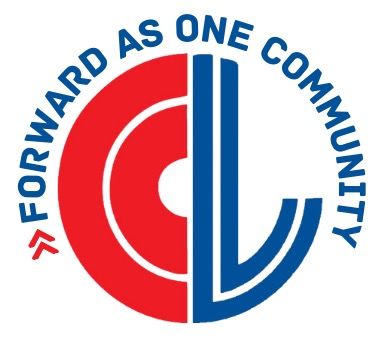The Art of Giving Feedback That Inspires Instead of Discourages
Delivering constructive feedback is vital for team growth and morale. Effective feedback should be specific, timely, and focused on behaviors rather than personal attributes. Utilizing the "sandwich" approach — starting with positive feedback, addressing areas for improvement, and concluding with encouragement — can enhance receptivity. Empathy and active listening are crucial in fostering a supportive environment that encourages open dialogue and continuous development.
621 ~ 3 min. read
Providing constructive feedback is a cornerstone of effective leadership, essential for fostering growth and maintaining team morale. However, when feedback is poorly delivered, it can lead to decreased motivation and strained relationships. Mastering the art of giving feedback that inspires rather than discourages is crucial for leaders aiming to cultivate a high-performing and cohesive team.
Be Specific and Timely
Effective feedback is both specific and timely. Address particular behaviors or outcomes rather than making general statements. For instance, instead of saying, "You need to improve your presentations," specify, "In your last presentation, incorporating more data visuals could enhance audience engagement." In a Forbes article, Robert Lonemann, CEO of Lift Solutions Holdings, offers leaders advice for how to give constructive feedback. He advises leaders to be direct and to deliver feedback promptly while the observed behavior is still fresh, ensuring relevance and clarity.
Focus on Behavior, Not Personality
Concentrate on the individual's actions and their impact, avoiding personal judgments. This approach, according to Logemann, prevents defensiveness and promotes openness to change. For example, rather than stating, "You're careless with deadlines," frame it as, "Submitting reports after the deadline affects our project's timeline."
Employ the "Sandwich" Approach
The "sandwich" method involves beginning with positive feedback, discussing areas for improvement, and concluding with encouragement. This technique acknowledges the individual's strengths, addresses concerns, and reinforces confidence, making the feedback more palatable and constructive. Here’s an example of constructive feedback using the sandwich technique: "You’ve done a great job capturing the main points clearly and concisely; however, adding more specific examples could make your argument even stronger. Keep up the excellent work—your writing shows real potential!"
Encourage Dialogue and Collaboration
Feedback should be a two-way conversation where both parties actively participate in the exchange. Encourage team members to share their perspectives, insights, and suggestions, creating an open dialogue that goes beyond simply giving or receiving feedback. This collaborative approach fosters a sense of ownership, as individuals feel their voices are heard and valued. It also builds mutual respect by demonstrating that all contributions matter, regardless of rank or role. When team members are actively involved in the feedback process, it not only enhances trust but also leads to more effective problem-solving and sparks innovation by incorporating diverse viewpoints and ideas.
Practice Empathy and Active Listening
Demonstrate empathy by acknowledging the challenges your team members face and showing understanding of their viewpoints. Active listening — fully concentrating, understanding, and responding thoughtfully — builds trust and openness, creating an environment where feedback is viewed as an opportunity for growth rather than criticism.
Provide Actionable Steps
Effective feedback should always include clear, actionable recommendations that guide individuals toward improvement. Vague advice like, "Improve your communication skills," can leave the recipient unsure of where to start or how to meet expectations. Instead, offer concrete suggestions that are practical and achievable. For example, you might say, "In future meetings, try summarizing the key points at the end to ensure everyone leaves with a clear understanding of next steps." This specific guidance not only provides a clear path forward but also builds confidence by showing that improvement is within reach. When feedback is both constructive and actionable, it empowers individuals to take meaningful steps toward growth and success.
Follow Up and Recognize Improvement
After providing feedback, follow up to assess progress and offer additional support if needed. Recognize and praise improvements, reinforcing positive changes and motivating continued development. Acknowledgment of effort and progress fosters a culture of continuous improvement and engagement.
The Takeaway
Delivering feedback that inspires requires intentionality, empathy, and clear communication. By focusing on specific behaviors, encouraging open dialogue, and providing actionable suggestions, leaders can transform feedback into a powerful tool for motivation and growth, strengthening team dynamics and driving organizational success.
---
The Leavenworth-Lansing Area Chamber of Commerce is a private non-profit organization that aims to support the growth and development of local businesses and our regional economy. We strive to create content that not only educates but also fosters a sense of connection and collaboration among our readers. Join us as we explore topics such as economic development, networking opportunities, upcoming events, and success stories from our vibrant community. Our resources provide insights, advice, and news that are relevant to business owners, entrepreneurs, and community members alike. The Chamber has been granted license to publish this content provided by Chamber Today, a service of ChamberThink Strategies LLC.




